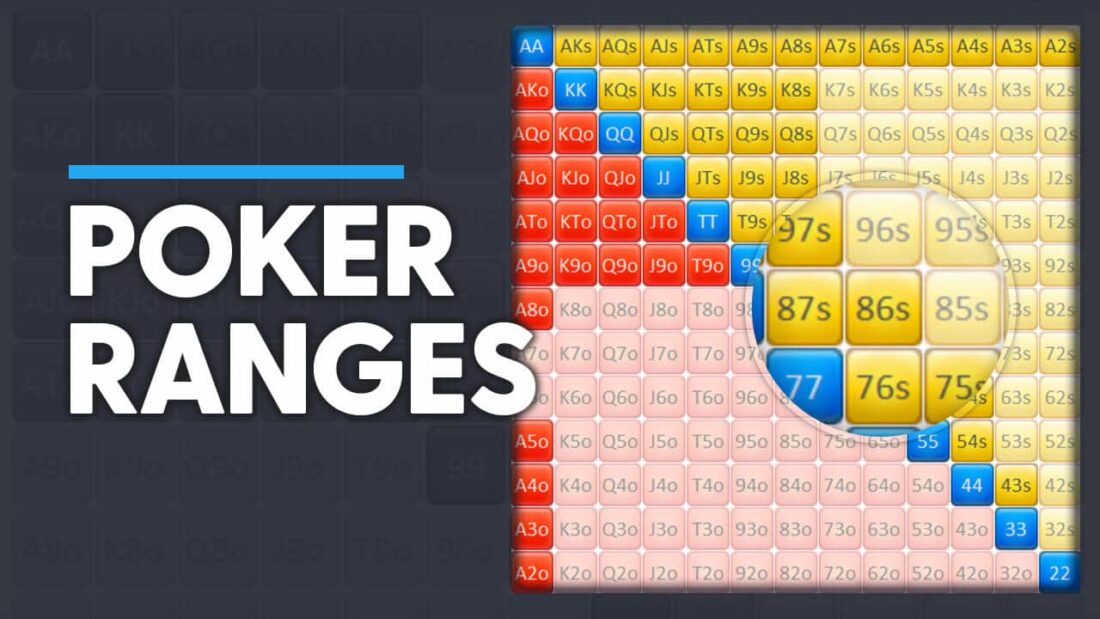Analyzing Hand Ranges: Key to Winning Poker
Introduction:
In the game of poker, success is often attributed to skillful decision-making, strategic thinking, and the ability to outsmart opponents. While luck plays a role, experienced players know that understanding hand ranges is crucial for consistent success at the tables. In this article, we’ll delve into the importance of analyzing hand ranges and how it can significantly improve your chances of winning in poker.
Understanding Hand Ranges:
A hand range in poker refers to the range of hands a player could potentially have based on their actions throughout a hand. Instead of focusing solely on the two cards they hold, skilled players consider the entire spectrum of possible hands their opponents could be holding given their actions.
Why Analyzing Hand Ranges Matters:
- Better Decision Making: By analyzing hand ranges, players can make more informed decisions at every stage of the hand. Understanding the likelihood of opponents having strong or weak hands allows players to adjust their strategy accordingly.
- Exploiting Opponents: Recognizing opponents’ tendencies and accurately estimating their hand ranges enables players to exploit their weaknesses. For example, if a player consistently raises with a narrow range of premium hands, savvy opponents can exploit this by adjusting their play to either fold or re-raise accordingly.
- Risk Management: Analyzing hand ranges helps players assess risk more effectively. By considering the range of hands opponents could have, players can determine the potential strength of their own hand relative to their opponents and make appropriate betting decisions to minimize losses or maximize gains.
Strategies for Analyzing Hand Ranges:
- Consider Betting Patterns: Pay close attention to opponents’ betting patterns throughout the hand. Are they playing aggressively or passively? What types of hands do they tend to bet with, and how does their betting behavior change on different streets?
- Player Tendencies: Take note of each opponent’s playing style and tendencies. Do they play tight or loose? Are they aggressive or passive? Understanding these tendencies can help narrow down their potential hand ranges.
- Board Texture: Evaluate the texture of the community cards and consider how they might connect with different hand ranges. A coordinated board with multiple possible straight and flush draws will likely result in wider hand ranges, whereas a dry board with few drawing possibilities may indicate stronger hands.
- Positional Awareness: Consider your position relative to your opponents and how it affects their likely hand ranges. Players acting earlier in the hand have less information about their opponents’ holdings, whereas those acting later can make more informed decisions based on opponents’ actions.
Conclusion:
Analyzing hand ranges is a fundamental skill that separates novice players from seasoned professionals in the game of poker. By understanding the range of hands opponents could have based on their actions, players can make more informed decisions, exploit weaknesses, and manage risk effectively. Incorporating hand range analysis into your poker strategy will undoubtedly enhance your overall performance at the tables and increase your chances of success.


No Comments